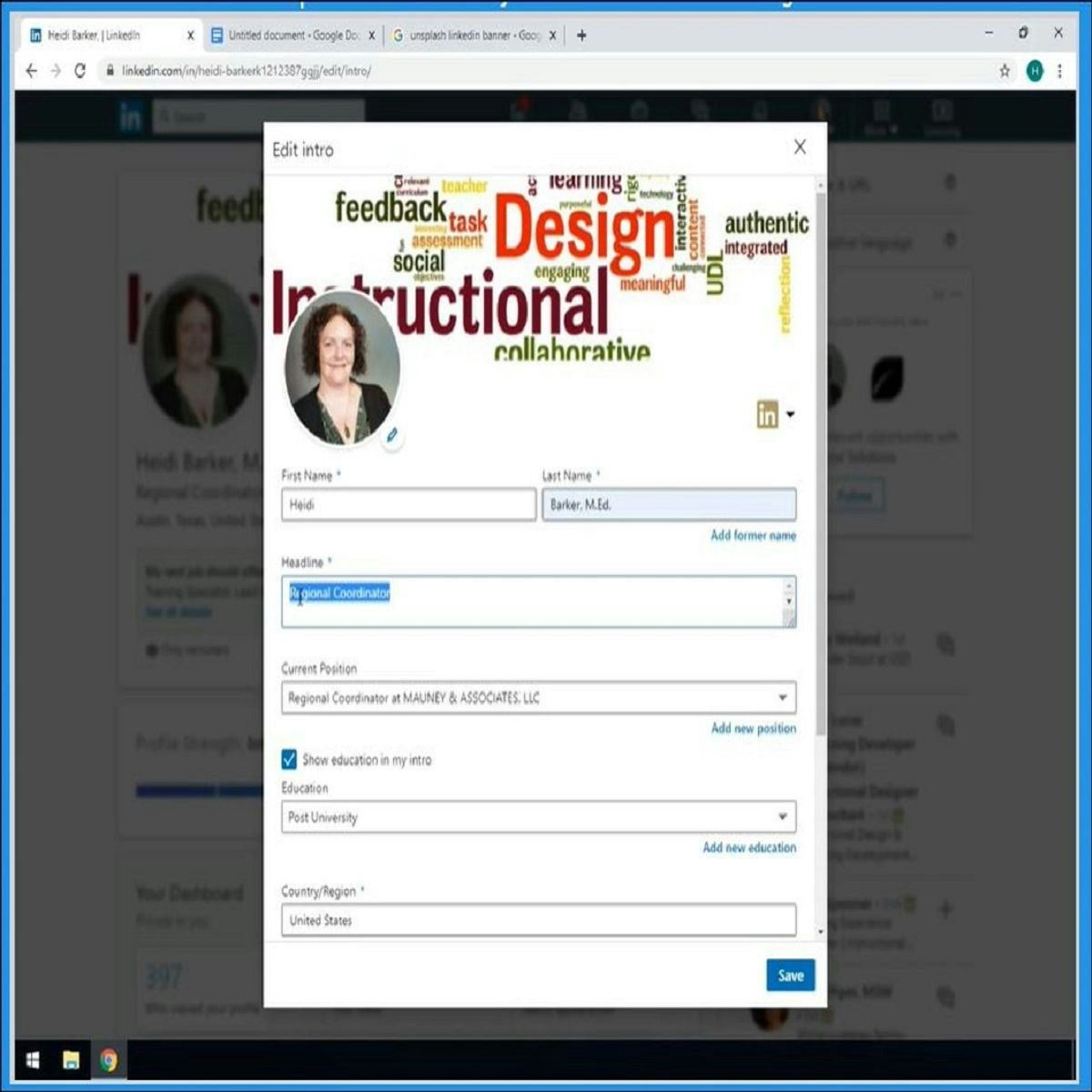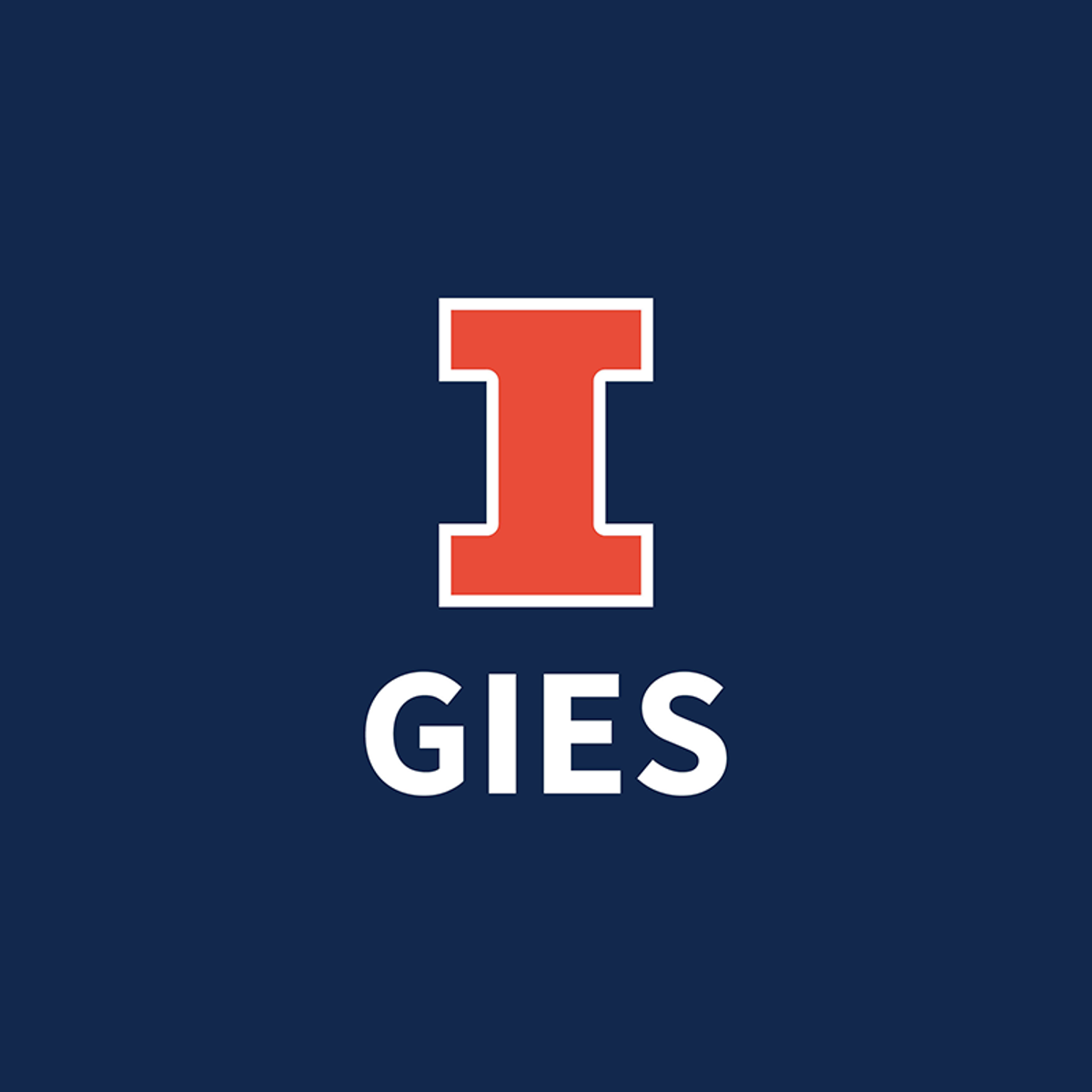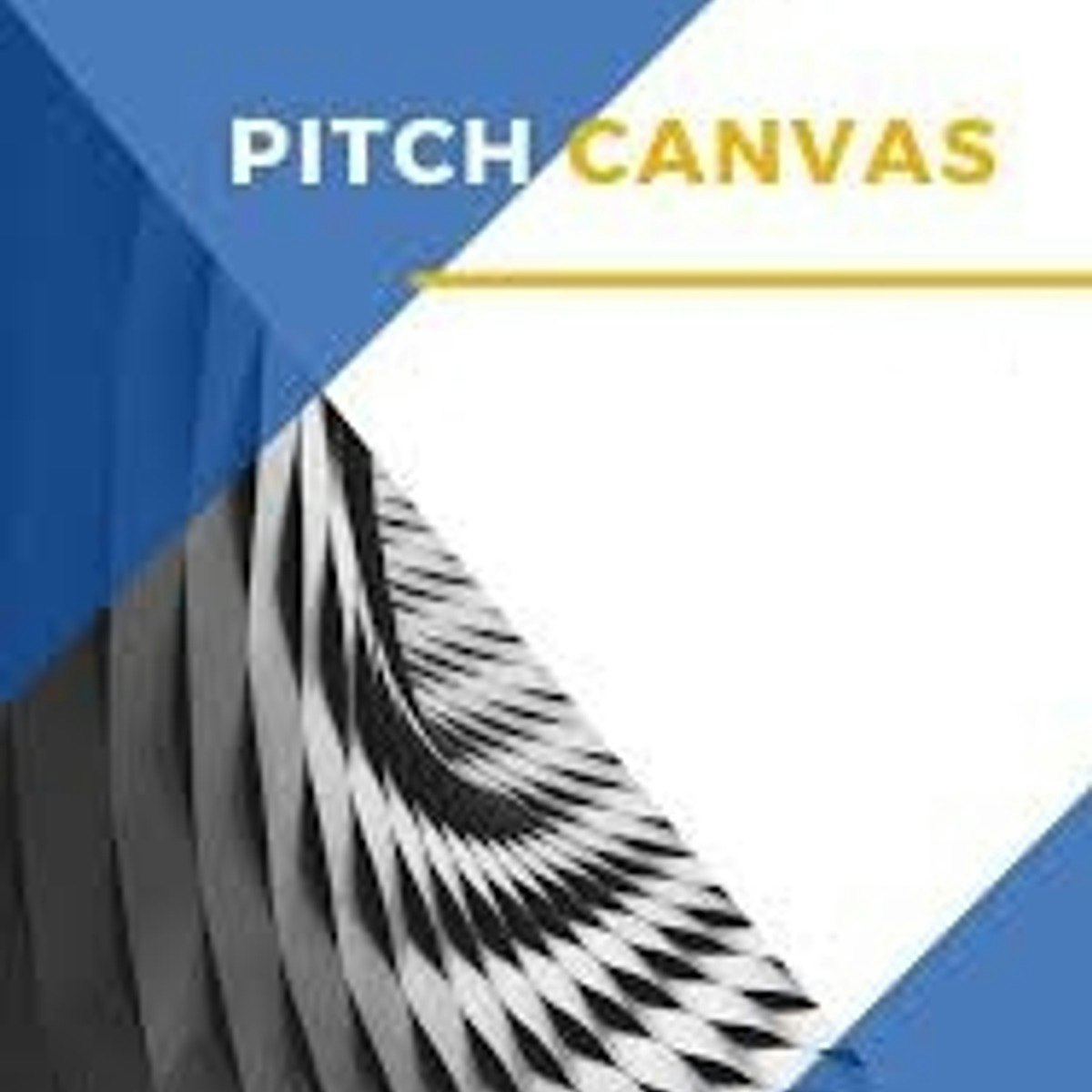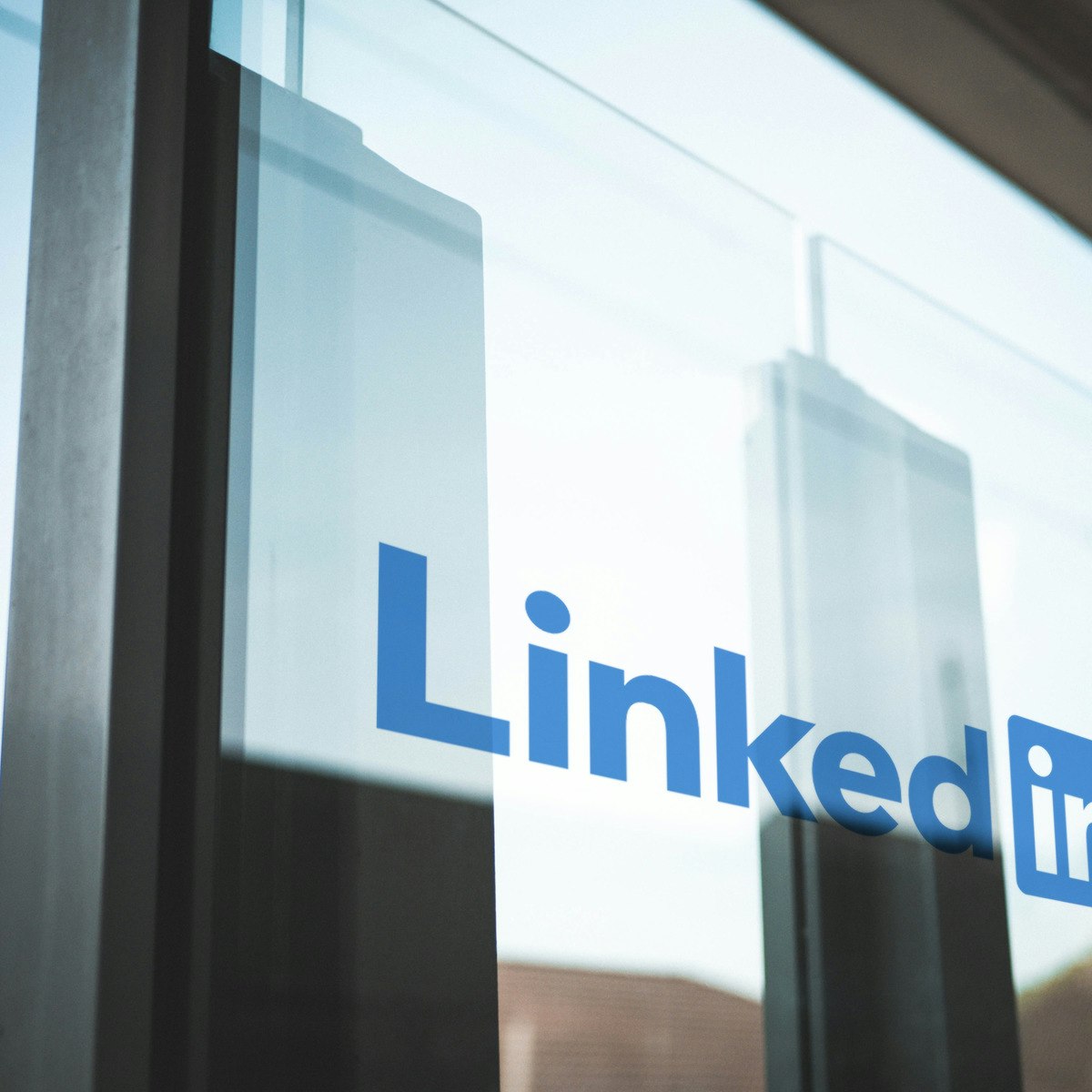Back to Courses









Business Strategy Courses - Page 17
Showing results 161-170 of 543

Create a Profile and Network on LinkedIn
In this 1-hour long project-based course, you will learn how to create a profile and network on LinkedIn. We will go step by step-by-step through this project so you can build a profile if you do not have one or strengthen your current one if you do. You will also learn about the tools and options offered by LinkedIn to assist you. We will explore the basics of how to set-up an engaging profile. You may even learn something you do not already know to make your current profile stand out above the rest. Some learning objectives that we will cover include building a profile that sends a professional message with your banner and your personalized URL code as well as knowing how to share your URL code. We will expand your network by learning how to make connection requests professionally. And we will go through following people, pages, groups and hashtags.
Note: This course works best for learners who are based in the North America region. We’re currently working on providing the same experience in other regions.
Data Analytics in Accounting Capstone
This capstone is the last course in the Data Analytics in Accountancy Specialization. In this capstone course, you are going to take the knowledge and skills you have acquired from the previous courses and apply them to a real-world problem.
You will be provided with a loan dataset from Lending Club which is the largest peer-to-peer lending platform. You will explore the characteristics of the features in the dataset through statistical analysis, exploratory data analysis and visualization. You will also create a machine learning model to predict whether a loan will be fully paid or not. Finally, you will construct a portfolio with the help of your analysis. The goal is to create a portfolio that achieves better return than the overall return of all loans on the Lending Club platform.

Using Animations and Transitions in Microsoft PowerPoint
At the end of this project, you will be able to create an exciting PowerPoint presentation using visuals, animations, and transitions. First, you will use a basic existing PowerPoint presentation or create a basic PowerPoint presentation with just text yourself. Then, you will get to know options to improve your presentation by adding visuals, animations, and transitions. You will learn all about animations and how to best use them. You will also learn a few easy methods to make your slide transitions smoother and more appealing to your audience. Creating a Microsoft PowerPoint using these features will allow you to be able to have the best visual support possible during your presentation. Visual support, animations, and good transitions via Microsoft PowerPoint will ensure your audience stays engaged and attentive as well as interested.
The goal of this project is to teach you how to be successful with your presentations and how to make them more interesting so your audience can digest the information you are providing more easily and will also retain more of the information provided.

Improve Communication with Genial.ly
Have you been asked to make a presentation for your organization? Do you know the best way to reach your colleagues? We learn to use Genial.ly to build a training presentation on effective communication. With working from home on the rise organizations need to find easy ways to train multiple people virtually, learning how to use Genial.ly to develop a presentation will help you to reach those who need to improve their skills. Genial.ly offers many options for developing a presentation as well as choices for how to share it. Genial.ly stores the presentation and provides you with a URL to share. You can easily add animations and navigation to your presentation and wow everyone!
By the end of your time in this project you will have a completed presentation to share in Genial.ly.
Note: This course works best for learners who are based in the North America region. We’re currently working on providing the same experience in other regions.

Agile Leadership: Introduction to Change
This is a foundational course in the Agile Leadership Specialization. By the end of this course, you will build an understanding of key agile leadership concepts. You will begin building a toolbox that will give you an ability to evaluate and create a baseline for yourself as an agile leader. You will access your team’s readiness for change. You will also analyze to what degree an organization is agile, and evaluate its ability to respond to change triggers.

Research Report: Delivering Insights
You have completed all the hard work of conducting your internal, secondary, and primary research. You have analyzed all the data and are able to formulate insights and recommendations based on your research proposal. But what is the best way to present your findings and be able to make a decision?
In this course, you will discuss how to incorporate a story in your marketing presentation to help you capture the attention and gain support of stakeholders and business leaders. You will choose the most effective analytical method for delivering your insights and the best presentation method for your given audience. You will incorporate data visualization best practices and use tips and tricks when presenting to your various levels of decision makers and stakeholders.

Preparing to Secure Your Startup Funding with Pitch Canvas
By the end of this guided project, you will be able to use the Pitch Canvas to make adequate preparation for your startup funding pitch. The Pitch Canvas is an entrepreneurial brainstorming framework that help you to structure and visualize your pitch in one page. The canvas is most effective for pitch preparation that is not more than 10 minutes. The goal is to highlight the key factor of your business plan while leaving the details to the subsequent meeting that might require extensive pitch. The canvas helps you to focus on the important point by convincing the investors that your business is worth investing in, and also to prepare for questions they might likely asked.
For us to practically demonstrate the application of the Canvas for pitch preparation, we will use a Fintech startup company as a case study to conduct the analysis. Example of the case study would empower you with the skillset to apply the framework to your startup, or any other venture of your choice. The project is for entrepreneurs who want to secure funding for their startups. Also, for intrapreneurs and project managers who need to convince key stakeholder for funding a project or new venture. At the end of the project, you will be able to use the canvas to deliver a result-oriented pitch for your startup or project

Small Business Marketing Using LinkedIn
In this 1-hour long project-based course, you will learn how to use LinkedIn to promote your small business by creating a LinkedIn business page, connecting to the right customers, using the LinkedIn messaging feature, posting relevant content, joining groups, and creating your own group for your small business. This course will benefit small business owners with limited to no social media marketing experience.
Note: This course works best for learners who are based in the North America region. We’re currently working on providing the same experience in other regions.

The Impact of Technology
In this course, you will learn how to use theories and methods to make predictions of the potential impact of new technology – in general, as well as for a specific application. This will prepare you for the changes that we are facing in society, and also help you take advantage of transformations that are driven by technology.
The Impact of Technology course takes a broad approach, including social and economic factors. You will study historical examples and learn to recognize recurring patterns and cycles. The curriculum includes general innovation theories, foresight methodology, value chain disruption, and strategy.
The general process is as follows. First, you to learn how to draw a map of the potential future business landscape. After that, you get to identify interesting future business roles in emerging value networks. Finally, we find a path from where we are today to a desired end state. You will analyze how an industry or market may change if the technology which is available today is fully implemented in a 10 to 20-year perspective. In addition, you will identify barriers to such a development and make estimates regarding the timing.
The course includes a number of assignments to facilitate your learning – some of them compulsory. The largest assignment is about the introduction of self-driving cars (hence the course icon; source and credit to Google).
We all know that the future can’t be fully predicted in detail. However, the methods presented in this course will help you identify potential consequences. In this way, you will get a toolbox for decision-making in the areas of technology, investments, career path, research & development, or portfolio management.
Model Thinking
We live in a complex world with diverse people, firms, and governments whose behaviors aggregate to produce novel, unexpected phenomena. We see political uprisings, market crashes, and a never ending array of social trends. How do we make sense of it? Models. Evidence shows that people who think with models consistently outperform those who don't. And, moreover people who think with lots of models outperform people who use only one. Why do models make us better thinkers? Models help us to better organize information - to make sense of that fire hose or hairball of data (choose your metaphor) available on the Internet. Models improve our abilities to make accurate forecasts. They help us make better decisions and adopt more effective strategies. They even can improve our ability to design institutions and procedures. In this class, I present a starter kit of models: I start with models of tipping points. I move on to cover models explain the wisdom of crowds, models that show why some countries are rich and some are poor, and models that help unpack the strategic decisions of firm and politicians.
The models covered in this class provide a foundation for future social science classes, whether they be in economics, political science, business, or sociology. Mastering this material will give you a huge leg up in advanced courses. They also help you in life. Here's how the course will work. For each model, I present a short, easily digestible overview lecture. Then, I'll dig deeper. I'll go into the technical details of the model. Those technical lectures won't require calculus but be prepared for some algebra. For all the lectures, I'll offer some questions and we'll have quizzes and even a final exam. If you decide to do the deep dive, and take all the quizzes and the exam, you'll receive a Course Certificate. If you just decide to follow along for the introductory lectures to gain some exposure that's fine too. It's all free. And it's all here to help make you a better thinker!
Popular Internships and Jobs by Categories
Browse
© 2024 BoostGrad | All rights reserved


